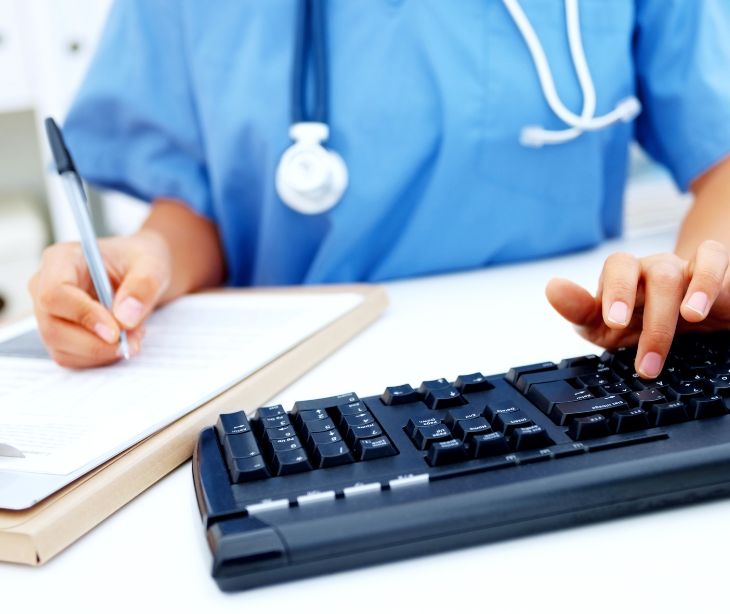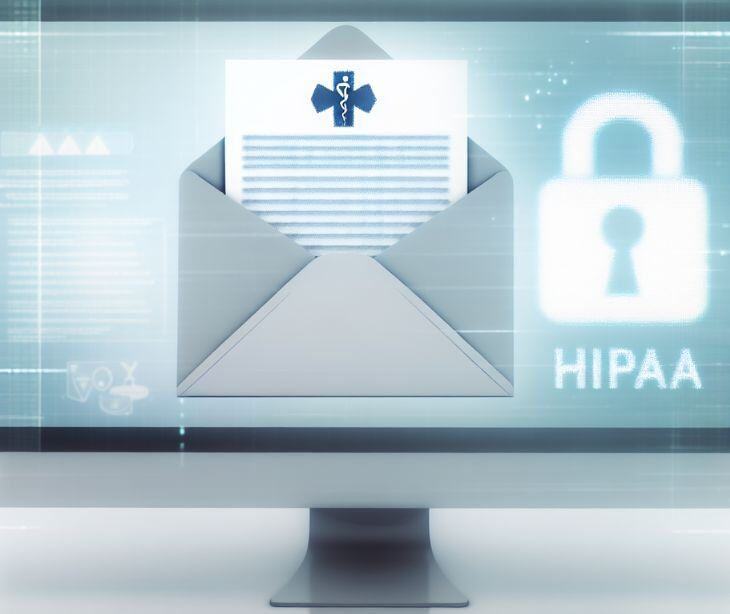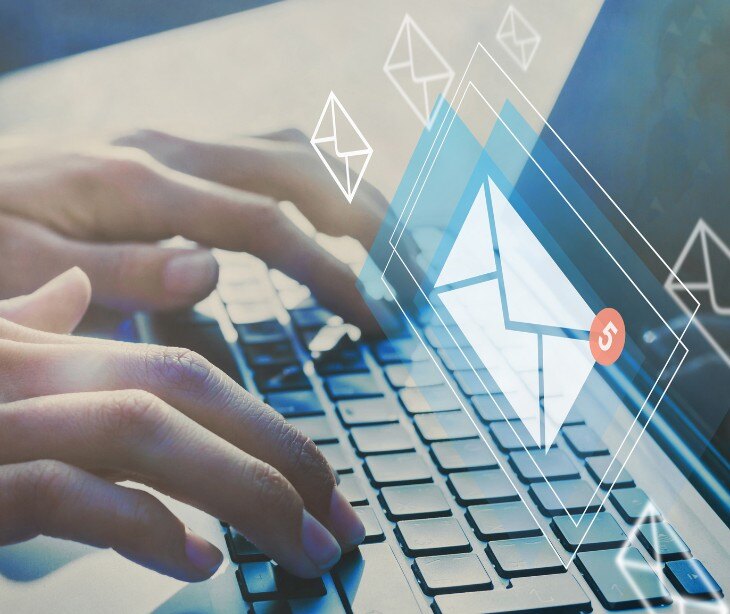
Email should be used in the clinical handover process because it provides a secure, documented, and efficient way to simultaneously share patient care information with multiple healthcare professionals.
Email vs. traditional verbal and written handover methods
Each method has its unique strengths and limitations. Email transmits detailed patient information across a healthcare team quickly and efficiently, allowing recipients to access and review it at their convenience. It creates a permanent record of communications, which can benefit documentation and future reference. However, email needs to include the immediacy and interactivity of verbal handovers.
Verbal exchanges, particularly those structured around protocols like SBAR, facilitate real-time feedback, immediate clarification of doubts, and the opportunity to assess understanding through non-verbal cues. One limitation is the lack of a permanent record, making it challenging to track decisions or changes in patient care over time unless meticulously documented afterward.
Traditional methods enable direct, dynamic interaction necessary for complex patient care discussions. On the other hand, while providing a tangible record, written handovers can be time-consuming to prepare and may not be as easily disseminated or updated as emails.
See also: HIPAA compliant email checklist 2024: What you need to know
The benefits of using email in clinical handover protocols
The advantages of using email stem from its capacity to systematically distribute comprehensive patient information to a diverse group of healthcare professionals across different departments and locations. This method ensures that all team members, regardless of their working hours or physical presence, receive the same level of detailed information, facilitating uniform understanding and care continuity. Unlike verbal exchanges, which may not leave a traceable record, emails provide a documented trail of communication.
Based on a 2015 study, Perspectives of clinical handover processes: a multi-site survey across different health professionals, highlighted that email can improve this documentation process, offering a permanent, accessible record of patient information that can be reviewed and referenced at any point. This documentation is necessary for legal purposes, quality assurance, and revisiting patient care decisions when needed. Furthermore, emails can contain attachments such as lab results, patient charts, and other diagnostic information.
This provides a richer, more comprehensive context for patient care decisions than might be possible in a brief verbal handover. The ability to review this information multiple times helps minimize errors that can arise from mishearing or misinterpreting verbal information.
How to integrate email into clinical handover protocols
Integrating email into clinical handover protocols, as suggested by the outcomes of the Journal of Patient Experience study, involves a strategic approach to enhance communication and patient satisfaction. The study discusses the need for structured communication in clinical settings, pointing towards the potential of email as a tool to further streamline and document handovers. Here's how to integrate email effectively into clinical handover protocols:
- Align email use with structured handover principles: Develop email templates based on the SBAR (Situation, Background, Assessment, Recommendation) structure highlighted in the study. This ensures that emails are concise, relevant, and standardized, facilitating clear and efficient communication.
- Secure email infrastructure: Implement secure email systems that comply with healthcare regulations (like HIPAA in the US) to protect patient information. This includes using encrypted email services and training staff on secure email practices to prevent unauthorized access to patient data.
- Train healthcare professionals: Educate healthcare staff on the need for structured handovers and how to effectively use email within this framework. Training should cover not only the technical aspects of sending secure emails but also guidelines on what information should be communicated through email versus in-person handovers.
- Integrate with electronic health records (EHR): Where possible, integrate email communications with the Electronic Health Records (EHR) system. This could include automated notifications to healthcare professionals' email when there are updates in the EHR that require attention during handovers, ensuring real-time information flow and reducing manual data entry errors.
- Establish protocols for email handovers: Create clear guidelines detailing when email should be used for handovers, emphasizing that it complements but does not replace direct communication for urgent or complex patient care situations. Define timelines for responses to ensure timely action on handover information.
See also: Top 10 HIPAA compliant email services
FAQs
Can email replace verbal communication entirely in the handover process?
Email cannot entirely replace verbal communication in the handover process due to the need for real-time discussions and clarifications in complex or urgent patient care situations.
How do healthcare professionals manage the increased volume of emails without overlooking important patient care information?
Healthcare professionals manage the increased volume of emails by prioritizing messages, using filters and folders for organization, and setting aside specific times to review and respond to emails related to patient care.
What are the contingency plans if the email system fails or is temporarily unavailable?
Contingency plans for email system failures typically include alternative communication methods such as secure messaging apps, phone calls, or temporary return to traditional paper-based handovers, ensuring continuity of care.
Subscribe to Paubox Weekly
Every Friday we'll bring you the most important news from Paubox. Our aim is to make you smarter, faster.




